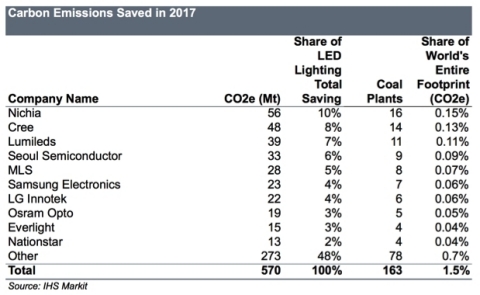So what is the secret sauce that Philips and the 30 partners came up with? Philips is not saying. “The recipe is part of the knowledge that we have built over time, and cannot openly be shared,” a Philips spokesperson told LEDs Magazine.
The recipe appears to be in the 400–700-nm range of light (the PAR or photosynthetically active range, which more or less corresponds with visible light). Philips said the recipe is available with the newest generation of GreenPower LED toplighting, which it says delivers 500 or 600 micromoles per second (µmol/s) per light module. In horticultural lighting, micromoles represent the number of photons in the PAR range that hit a surface. Philips claimed the new toplights are very energy efficient, delivering 3 micromoles per joule (µmol/J). Philips guarantees the lights to last 35,000 hours.
Philips' rose recipe is yet another example of how the horticultural industry is using tunable LED lighting to optimize crops, including the use of the ultraviolet spectrum (not part of the PAR range) to enhance the appearance, potency, smell, and taste of plants, as LEDs has covered many times, including in its Horticultural Lighting Conference post-event report.
While Philips can now claim that its toplighting improves rose yields and size, it told LEDs that its research to date has not included rose fragrance. Whether a more aromatic rose is to be or not to be remains to be seen under the LED lights.


